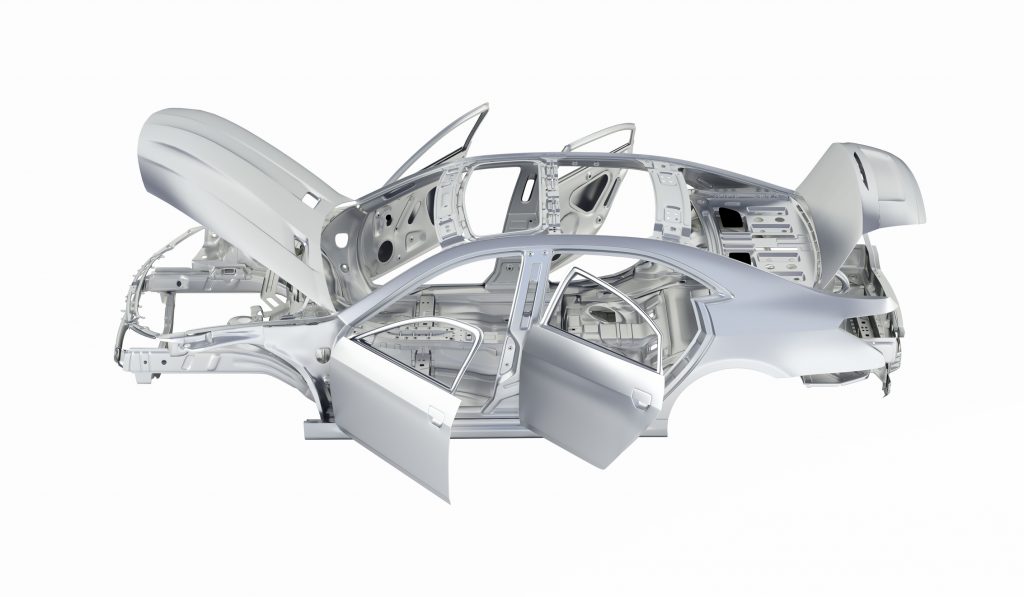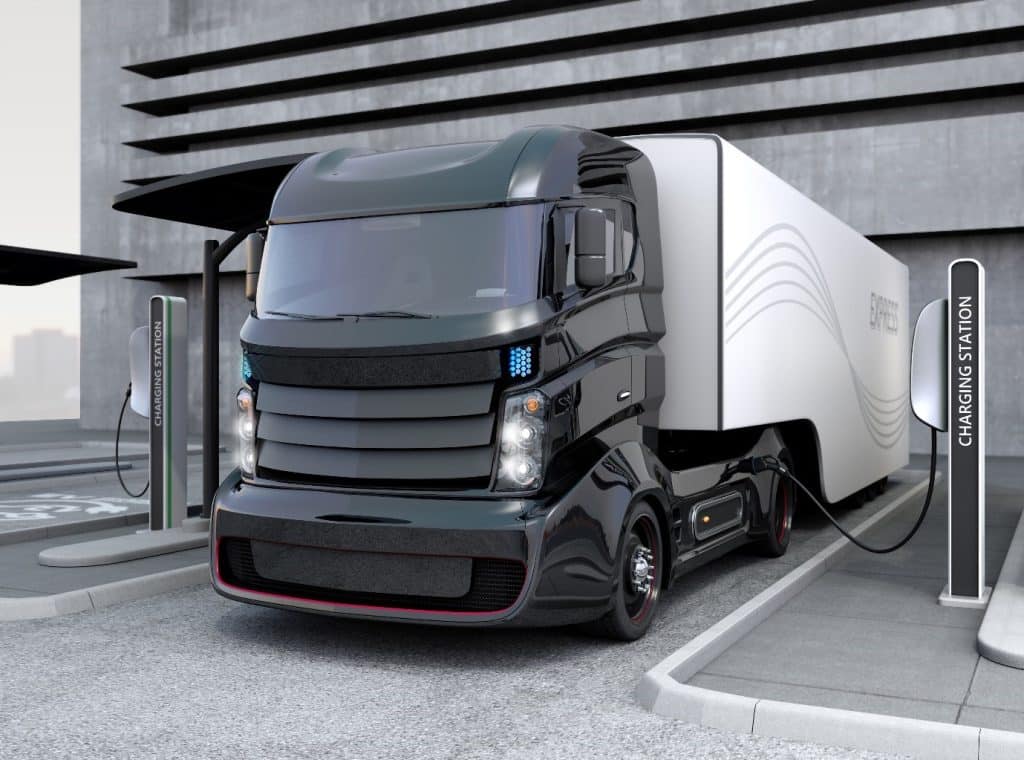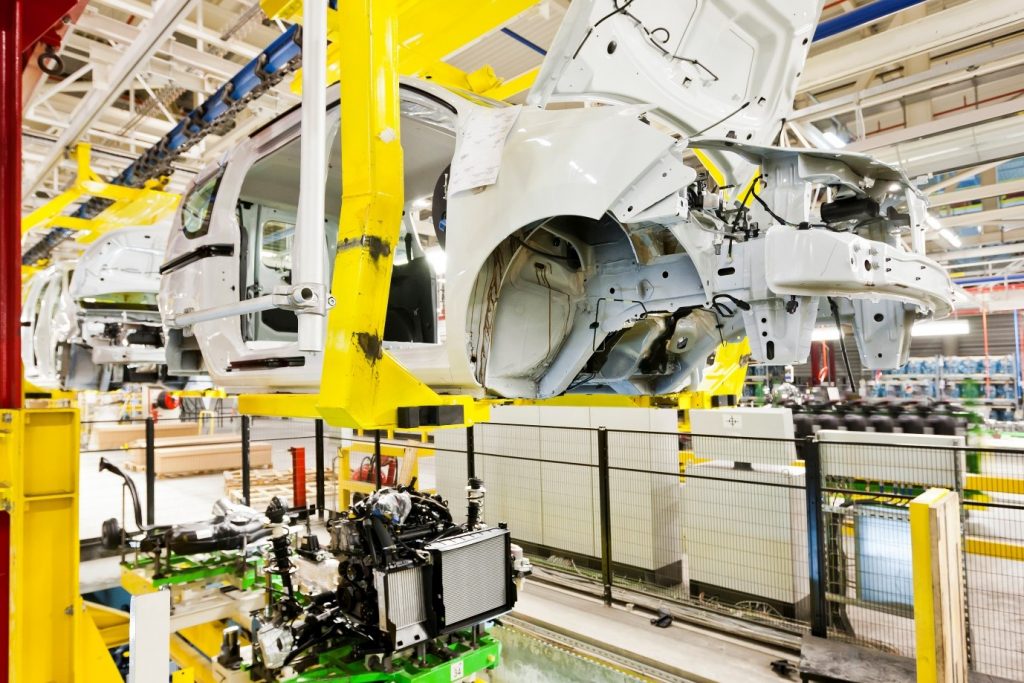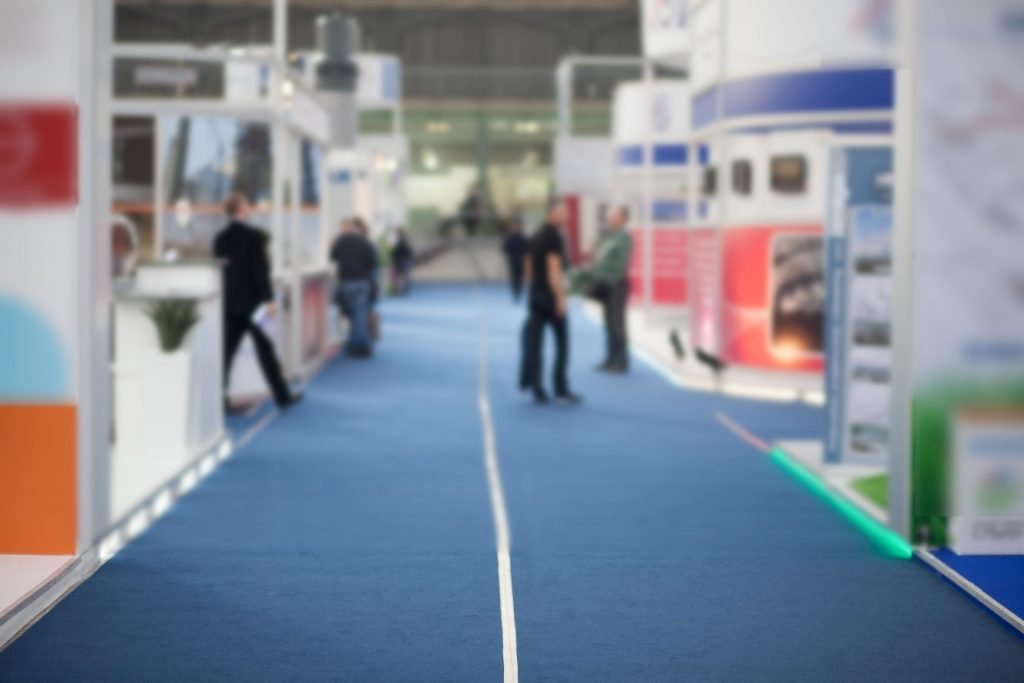2018 has been an exciting and progressive year for the manufacturing industry. In December 2017, Industry Week offered up a number of predictions for 2018, stating ‘Technologies that will have the greatest impact include cloud, mobile, big data and analytics, and internet of things (IoT),’ and it’s fair to say this prediction has been pretty accurate.
In this post we take a look over the past year in manufacturing and also take a glimpse into what we can expect from the industry in 2019.
Virtual Reality
It is rare that a company survives in a modern working environment without using some kind of digital technology, and it could easily be argued that virtual reality has been at the forefront of much change.
A large number of spring manufacturers are adopting this challenging and impressive technology in an effort to engage more with the front-end consumer. Through cloud-based crowd sourcing, product virtualisation and the integration of social media, manufacturers are taking a step forward in product innovation and development, connecting more deeply and more successfully with their consumers to ensure a better response to customer needs.
Both manufacturer and consumer alike have seen success through the implementation of this technology, making it one of the leading trends of the year.

Whilst the end product and customer satisfaction are hugely important to a manufacturing company, what goes on behind the scenes is just as crucial, if not even more so. There is a real sense of urgency for manufacturers to become digitised across the board, especially when it comes to connectivity and up-to-the-minute analytical data collection.
In their discussion on manufacturing trends of 2018, Strategy& noted: ‘72 percent of manufacturing companies surveyed by PwC said they are dramatically increasing their level of digitisation and expect to be able to be ranked as digitally advanced by 2020, compared with just 33 percent today.’ This is an exciting move for the industry, and throughout 2018 a rising number of manufacturers have begun utilising more connected equipment, including actuators, sensors and data analysis software that provides and shares critical, real-time data with other networks, servers and machines via the cloud.
Greater connectivity means employees and factories are working smarter, not harder, and increased supply chain visibility has been a substantial achievement for many companies.
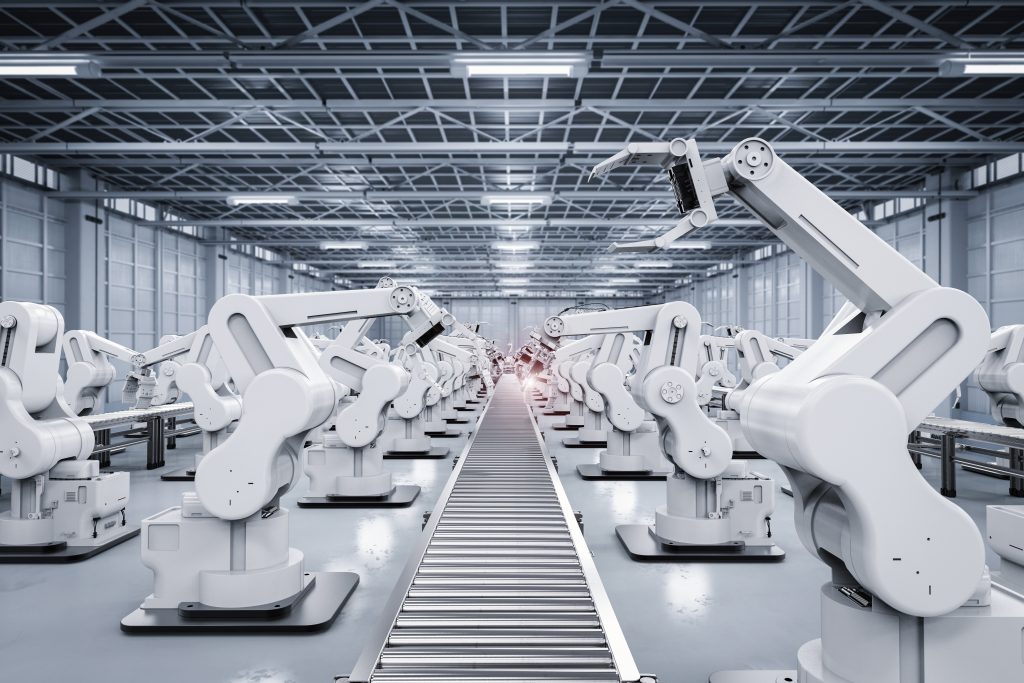
Internet of Things
However, the widely scrutinised Internet of Things (IoT) is a comparatively new technology and brings with it benefits as well as some setbacks. Despite its increased implementation throughout 2018, there is still a lack of standardisation across the board; implementing numerous systems across numerous networks and machines can be lengthy and costly in more complex manufacturing environments.
Some experience trepidation at long testing periods whilst others are distressed at the thought of obsolescence of newly purchased machines. Those more careful companies should not wait for too long to join the technological revolution, though, as those already embedded claim it is fast-paced and tactical.
What Can We Expect In 2019?
With technology at the forefront of the industry, there is a rising need for data scientists to enable future growth. Whilst AI and predictive analytics will continue to infiltrate the industry, Erich Gampenrieder, the Global Head of Operations Advisory at KPMG in Germany says, ‘Successful transformation is all about people.’ Data scientists will play a crucial part in shaping the industry over the coming years, providing insight and intuition into which sectors of the industry to advance first and where to focus the biggest digital transformations.
Furthermore, in 2019, we may see a trend of specific budgets for technological advancement as opposed to traditional IT or LOB budgets. As more and more processes become digitised, from design and operations to the supply chain, more thought, time and budget will need to be focused on the digital sector and its innovations, making a specific budget a necessity. 2019 could see the beginning of this, establishing an industry standard and setting the industry up for the future.
There can be no doubt 2019 will be another inspiring year for the spring manufacturing industry; KPMG’s 2018 Global Manufacturing Outlook stated: ‘CEOs have responded in remarkably high numbers that they are prepared to take charge of the process of reshaping the corporation and to set out a vision of what the organisation should be aiming for.’ There are therefore high hopes for continued innovation and deeper collaboration between manufacturing and technology.
Here at European Springs Ireland, we are constantly keeping our finger on the pulse of new technologies that we can incorporate into our operations. As manufacturers of many different types of springs, we are keen to continue developing our processes to ensure we offer the very best products and service to our valued customers.
